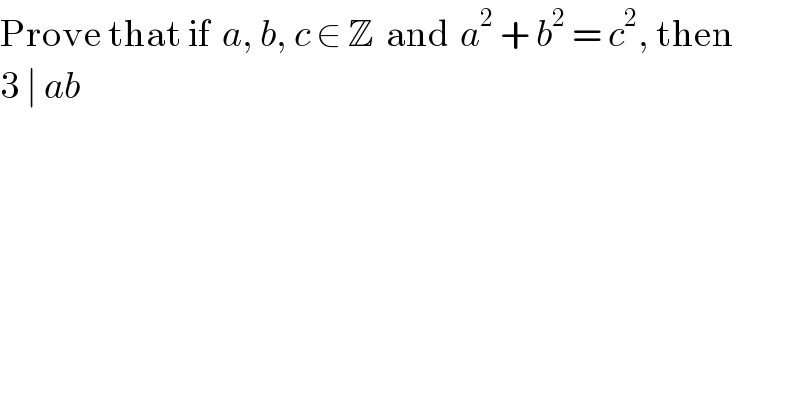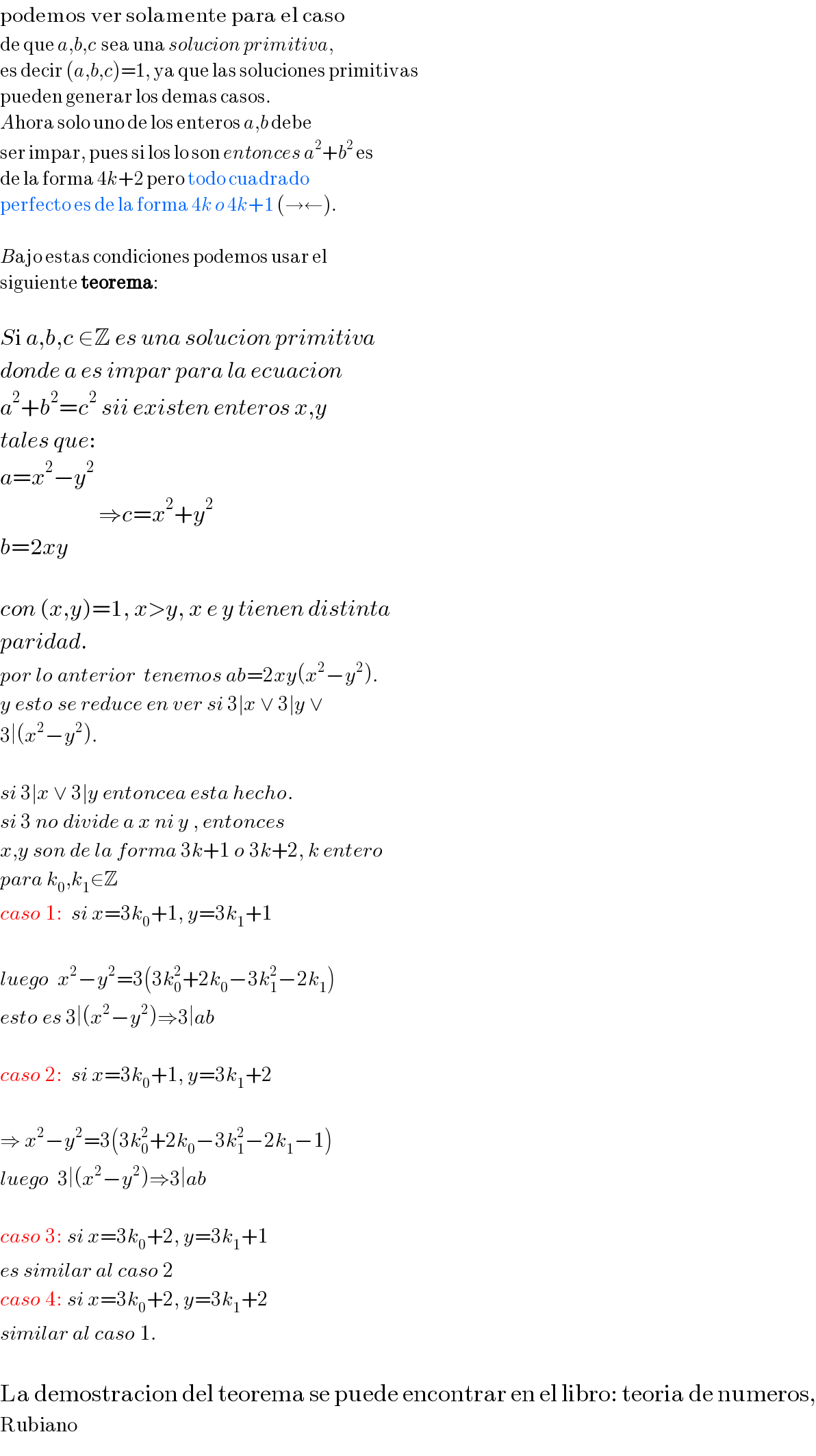Question Number 44584 by Joel578 last updated on 01/Oct/18

Commented by ajfour last updated on 02/Oct/18

Commented by rahul 19 last updated on 02/Oct/18

Commented by ajfour last updated on 02/Oct/18

Commented by Joel578 last updated on 03/Oct/18

Commented by Joel578 last updated on 03/Oct/18

Answered by arcana last updated on 03/Oct/18

